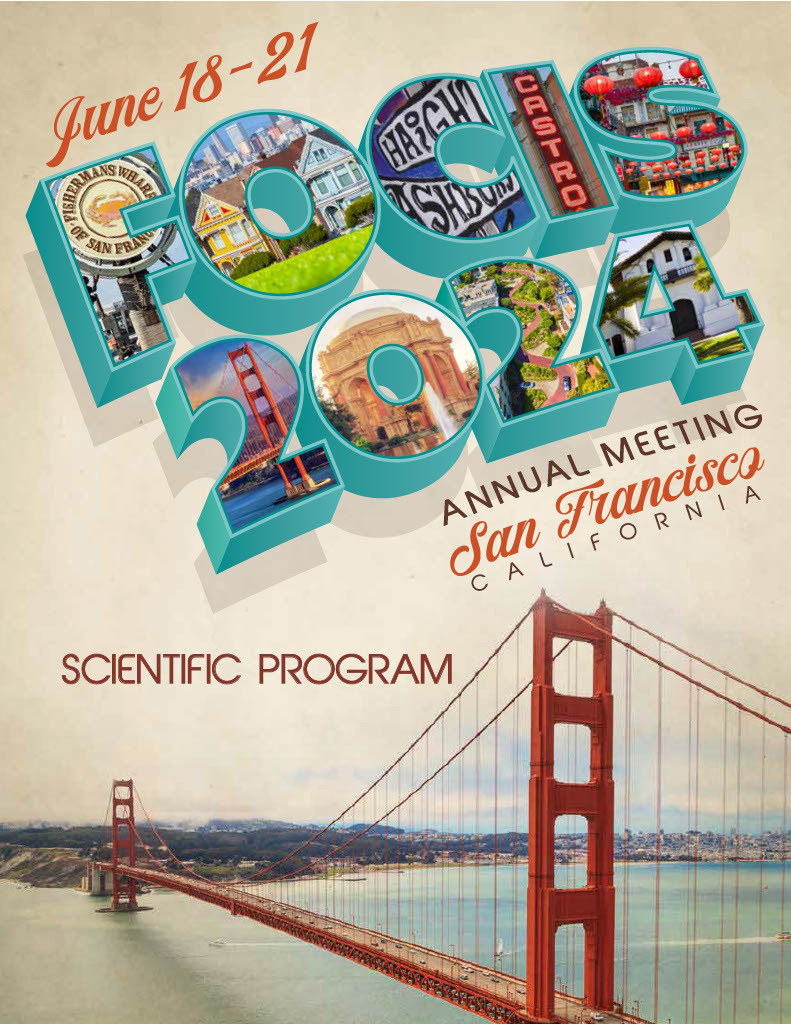Tu170 - High Burden of Viruses and Bacterial Pathobionts Drives Heightened Nasal Innate Immunity in Children
Tuesday, June 18, 2024
6:00 PM - 7:30 PM PT
Alex Green – Yale New Haven Children's Hospital; Julien Amat – Yale School of Medicine; Nagarjuna Cheemarla – Yale School of Medicine; Katrin Hansel – Yale School of Medicine; Richard Lozano – Yale School of Medicine; Sarah Dudgeon – Yale School of Medicine; Gregory Germain – Yale New Haven Children's Hospital; Marie Landry – Yale School of Medicine; Wade Schulz – Yale School of Medicine; Ellen Foxman – Yale School of Medicine
- TW
Timothy A. Watkins, n/a
Graduate Student
Yale School of Medicine
New Haven, Connecticut, United States
Abstract Text: Studies during the COVID-19 pandemic showed that children had heightened nasal innate immune responses compared to adults. To evaluate the role of nasal viruses and bacteria in driving these responses, we performed cytokine profiling and comprehensive symptom-agnostic testing for respiratory viruses and bacterial pathobionts in nasopharyngeal swab samples from children tested for SARS-CoV-2 in 2021-22 (n=467). Samples were collected from a period of low SARS-CoV-2 circulation (June-July 2021) and a period of high SARS-CoV-2 circulation (January 2022) to account for seasonal differences in virus circulation and effects on the nasal innate immune response. Respiratory viruses and/or bacterial pathobionts were highly prevalent in both cohorts, especially in young children, and were detected in both symptomatic and asymptomatic children (82% of symptomatic and 30% asymptomatic children; 90% and 49% for children < 5 years). Virus detection and load correlated with the nasal interferon response biomarker CXCL10, and the previously reported discrepancy between SARS-CoV-2 viral load and nasal interferon response was explained by viral co-infections. Bacterial pathobionts correlated with a distinct pro-inflammatory response with elevated levels of IL-1β, TNF, and myeloid cell recruitment based on RNA-seq analysis. Furthermore, paired samples from healthy 1-year-olds collected 1-2 weeks apart revealed frequent respiratory virus acquisition or clearance with the mucosal immunophenotype changing in parallel. These findings reveal that frequent, dynamic host-pathogen interactions drive nasal innate immune activation in children.

